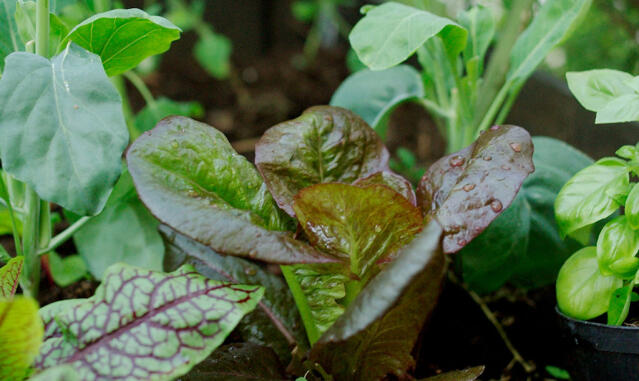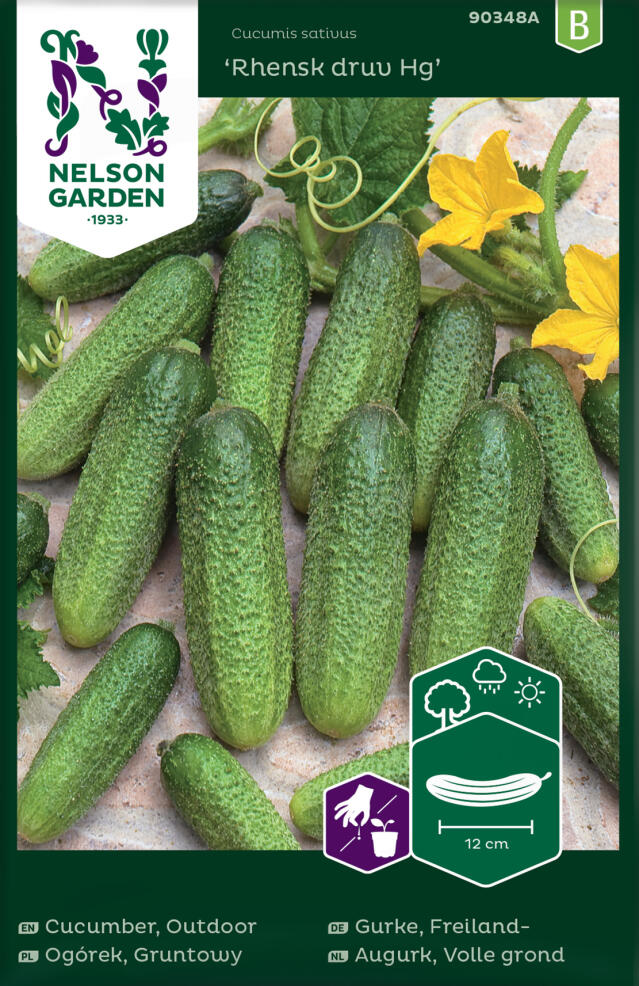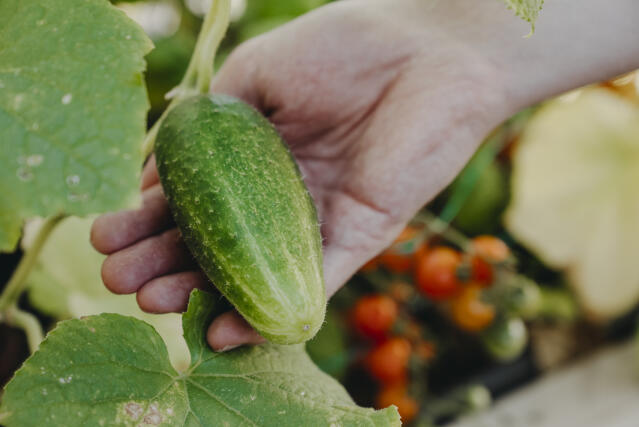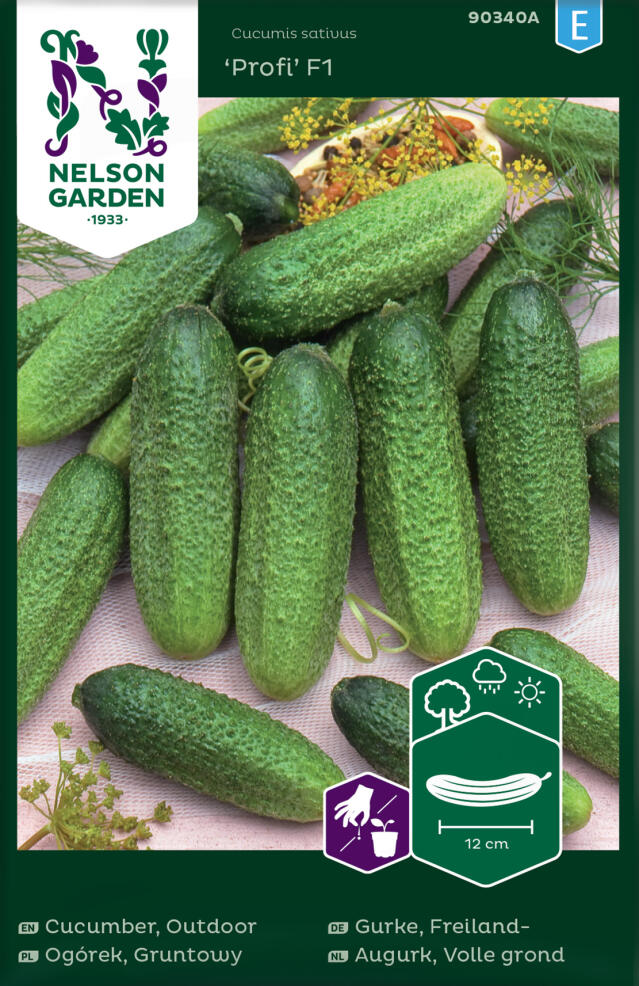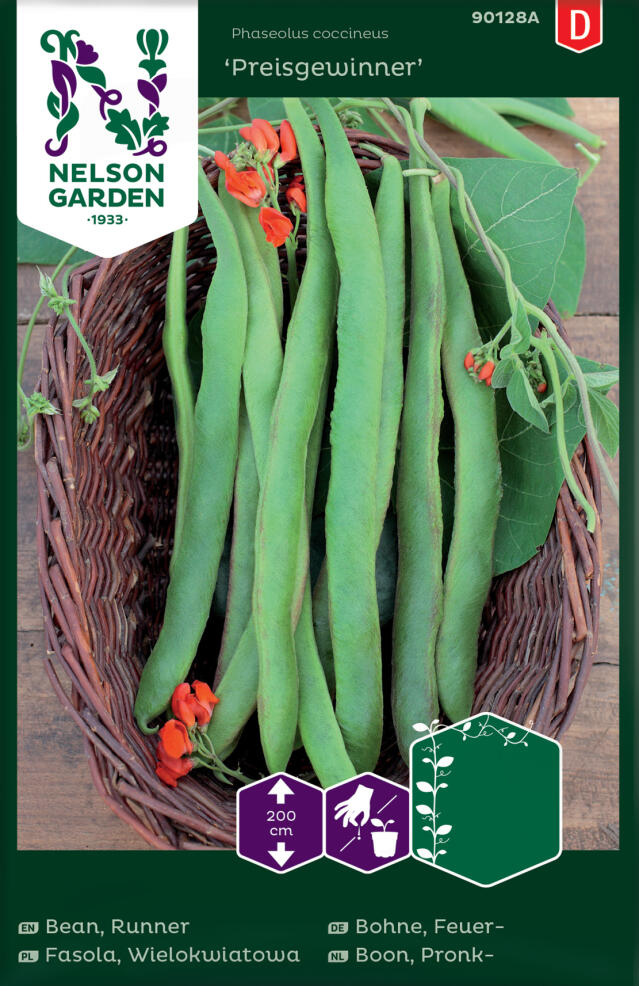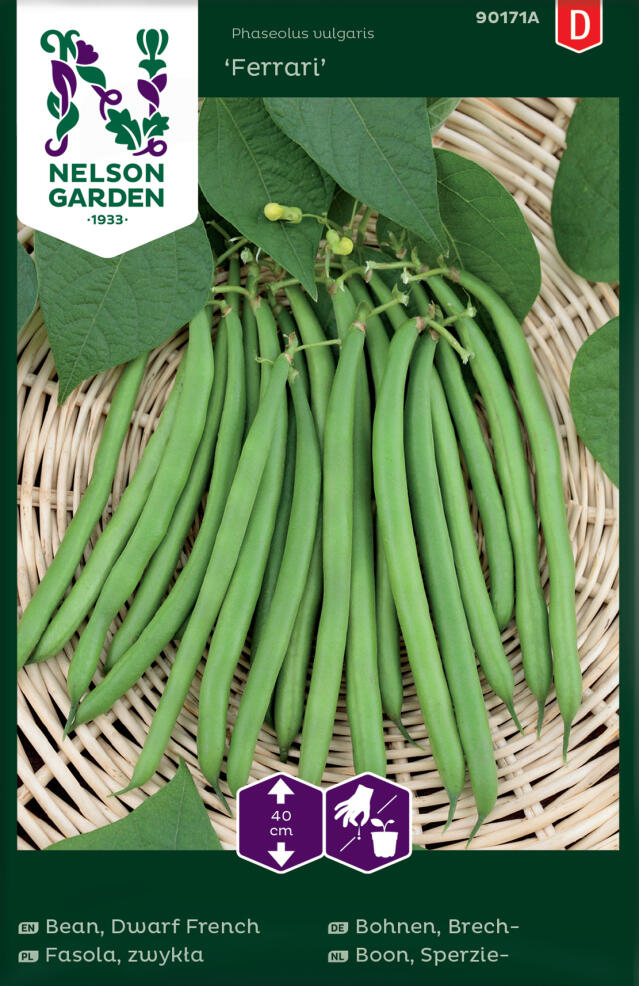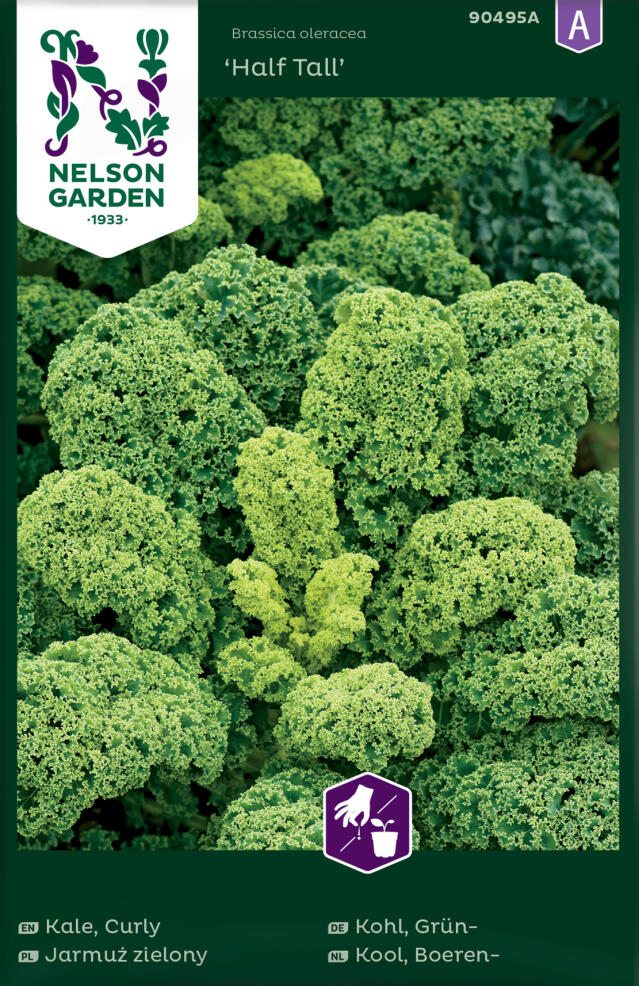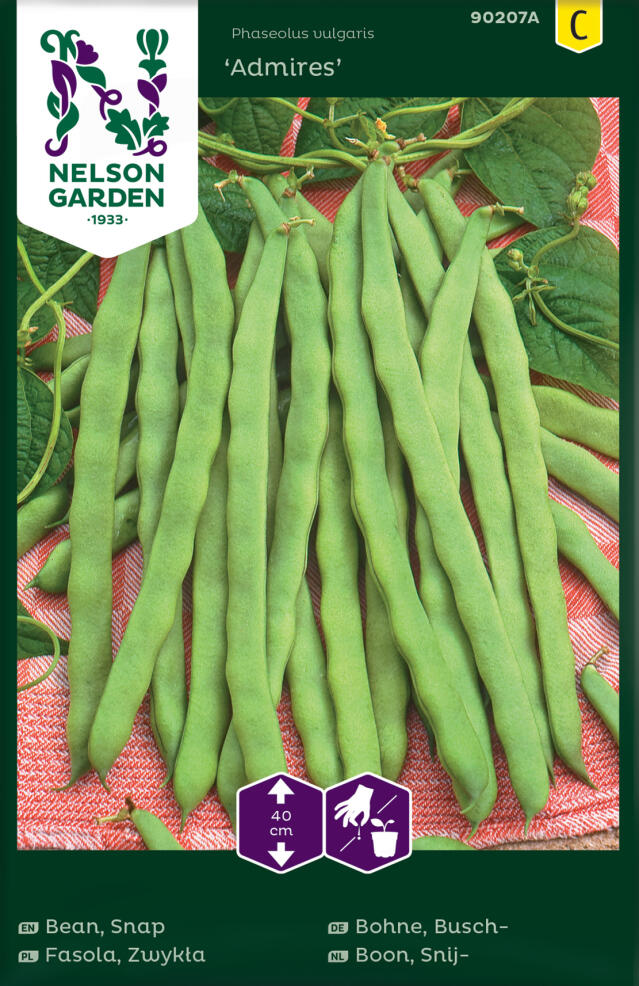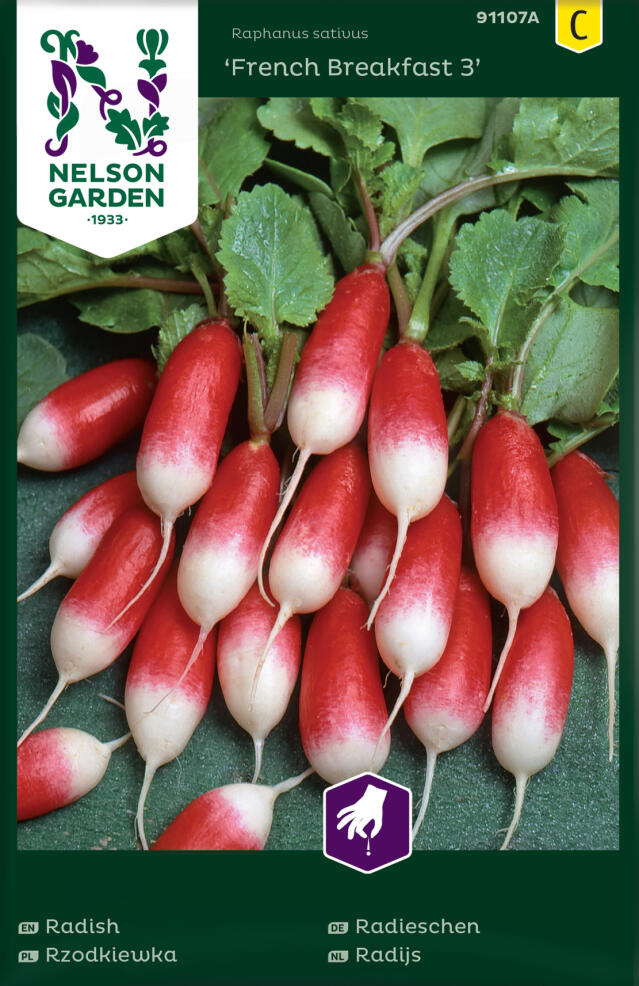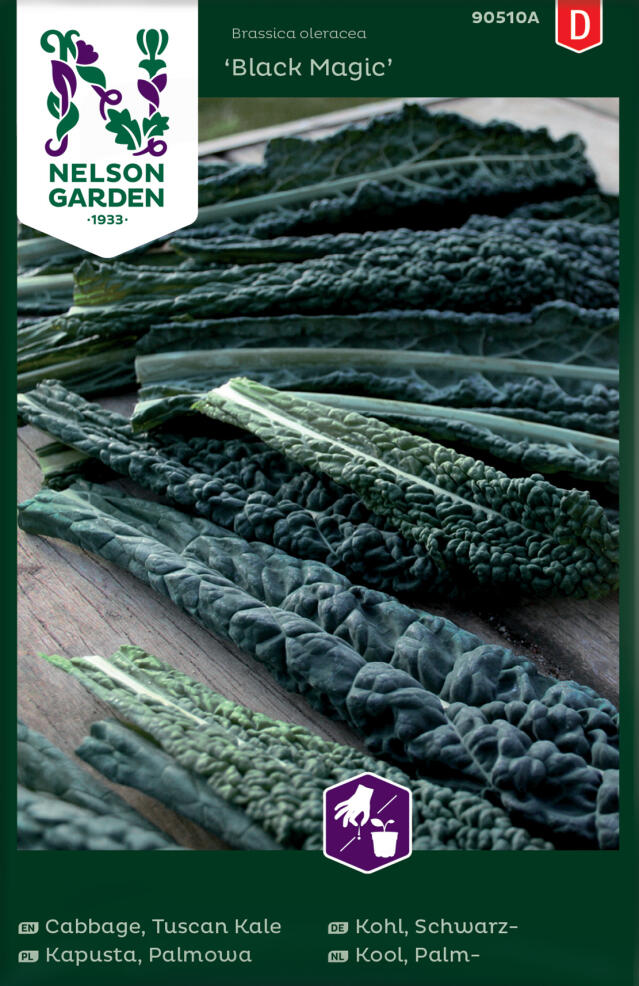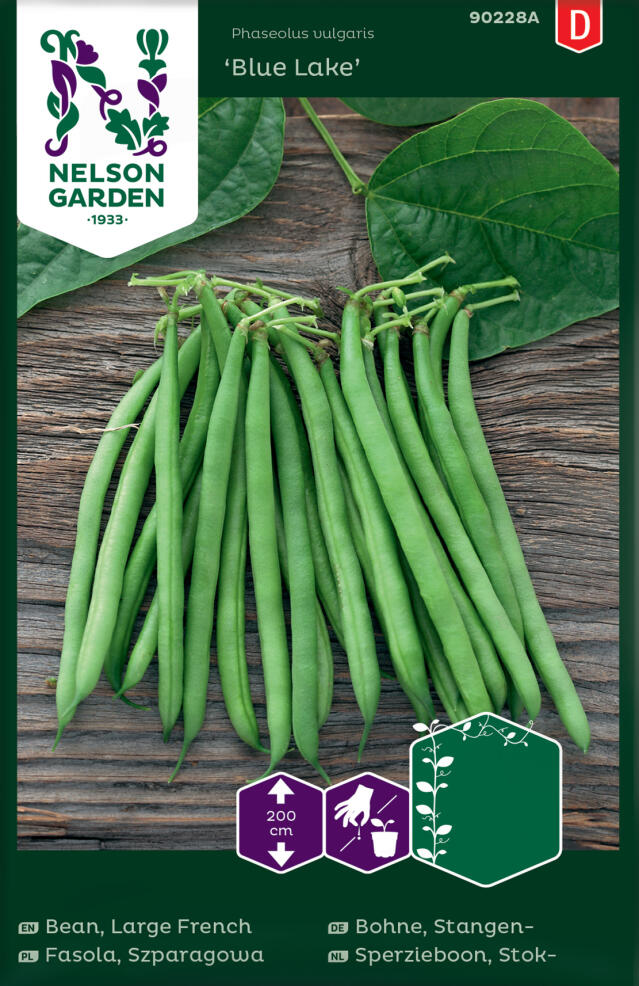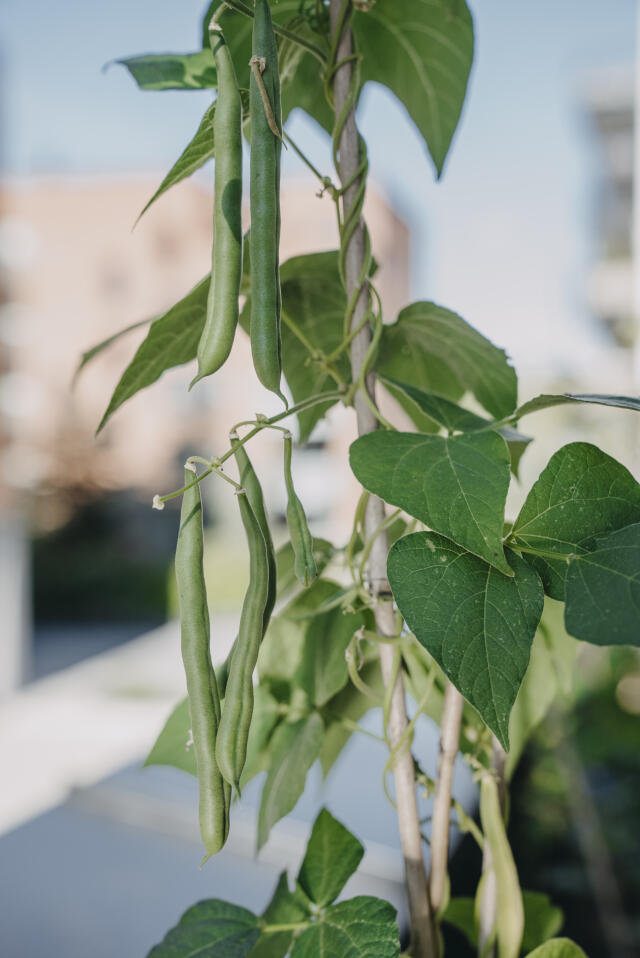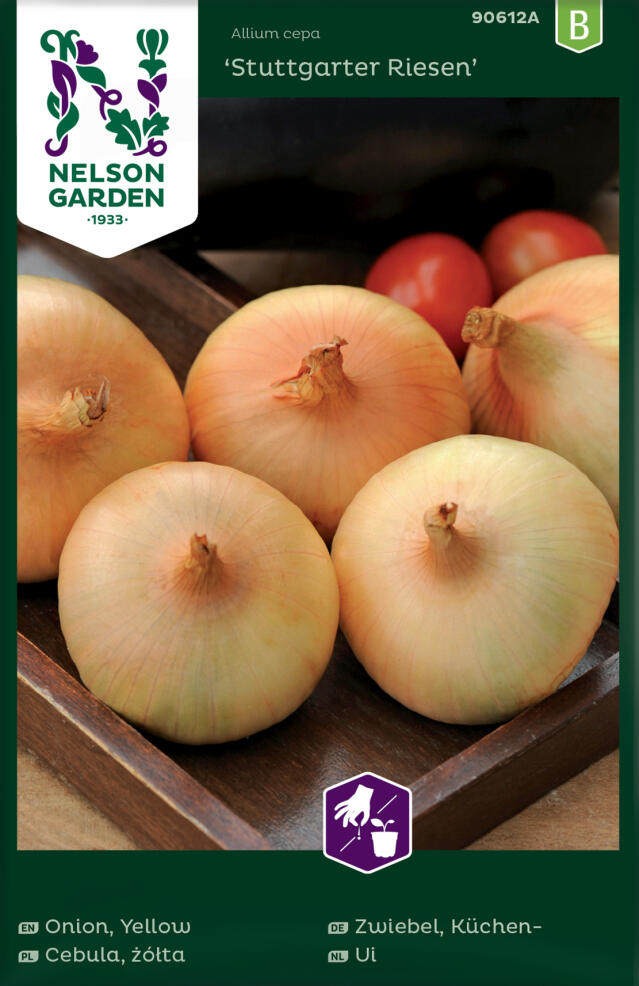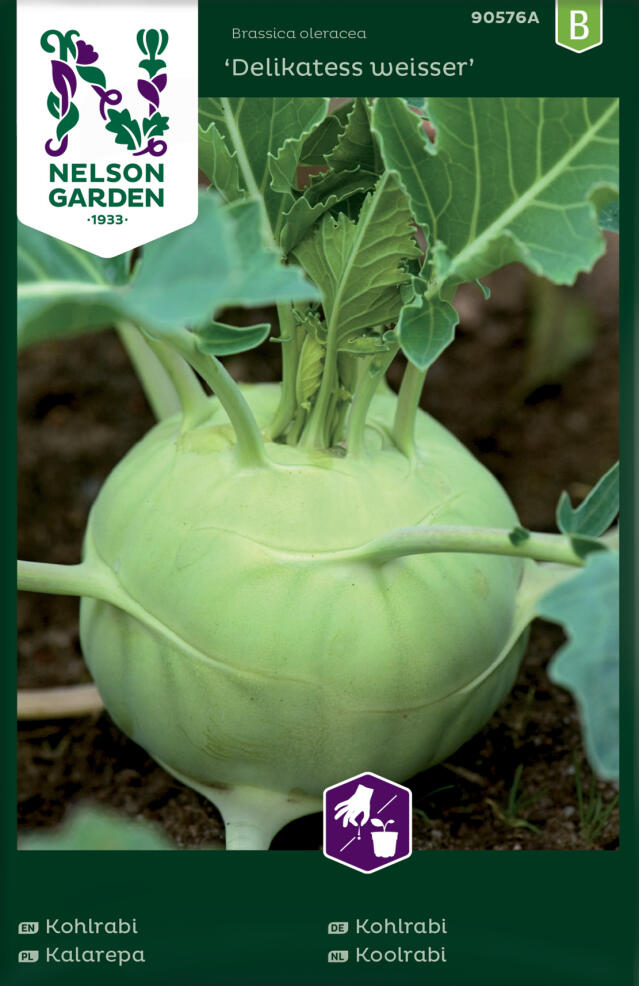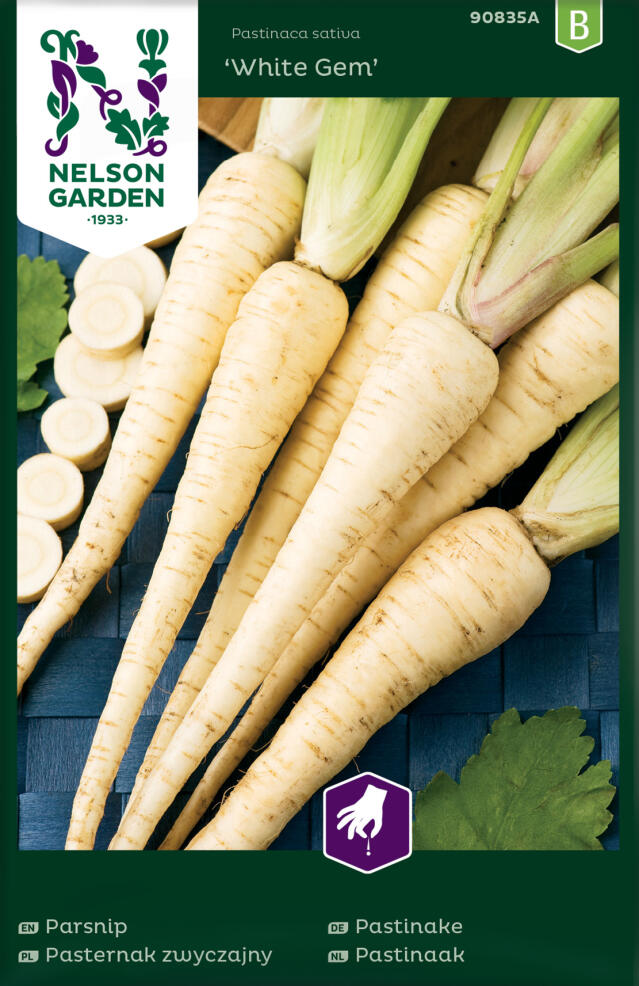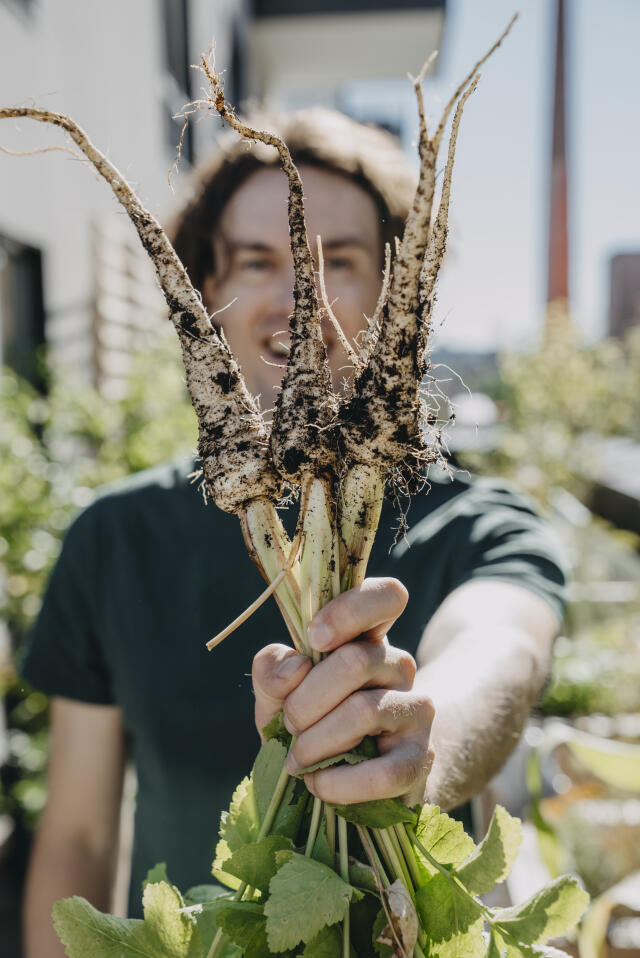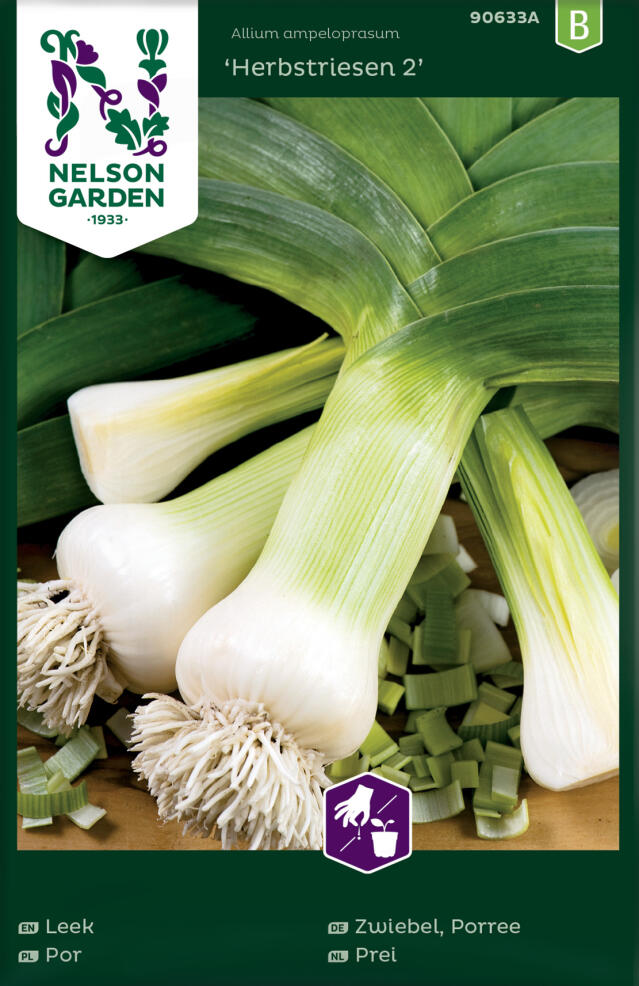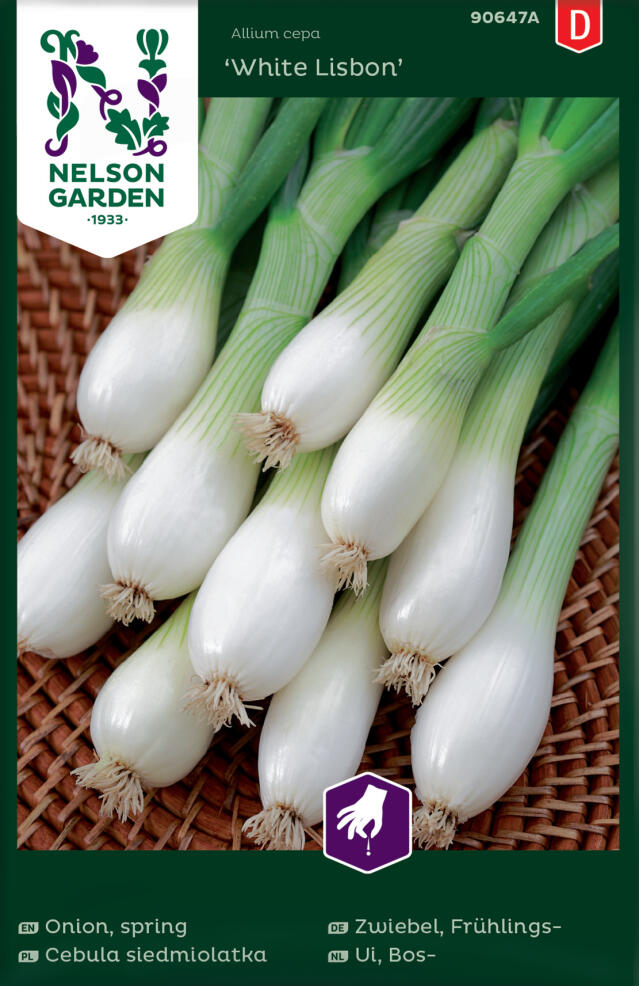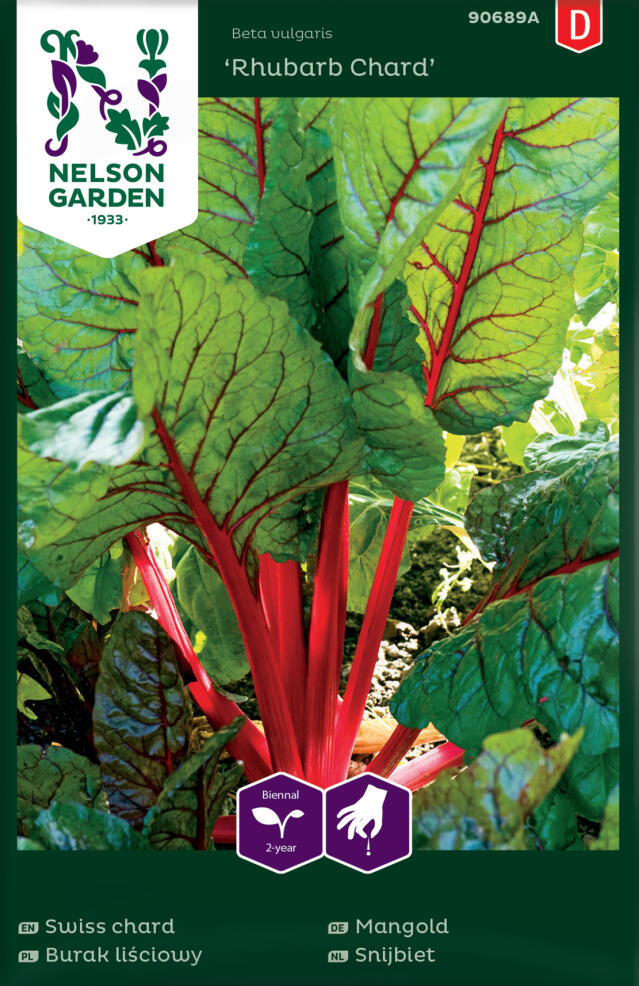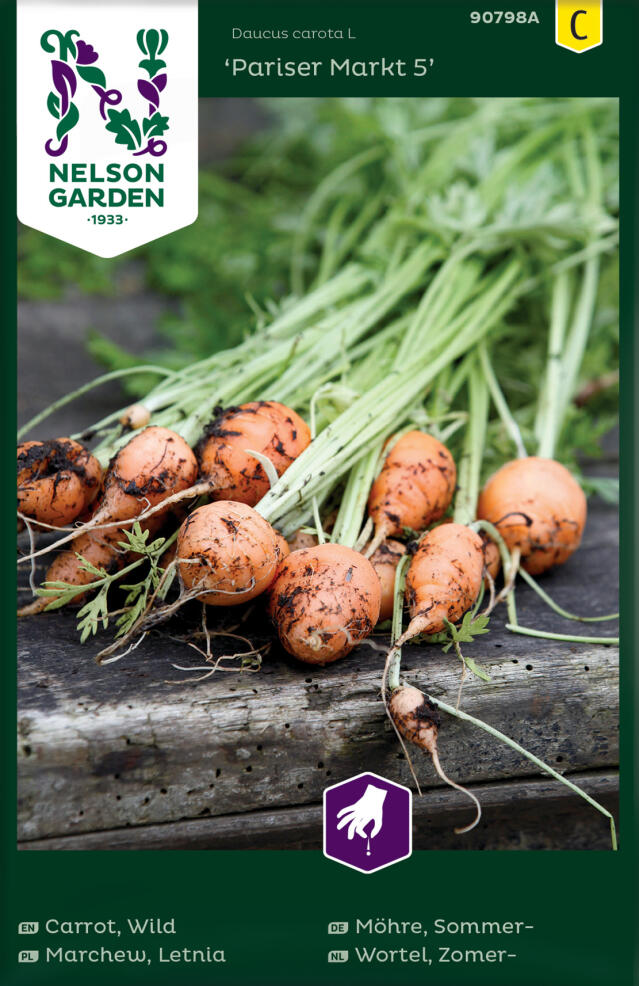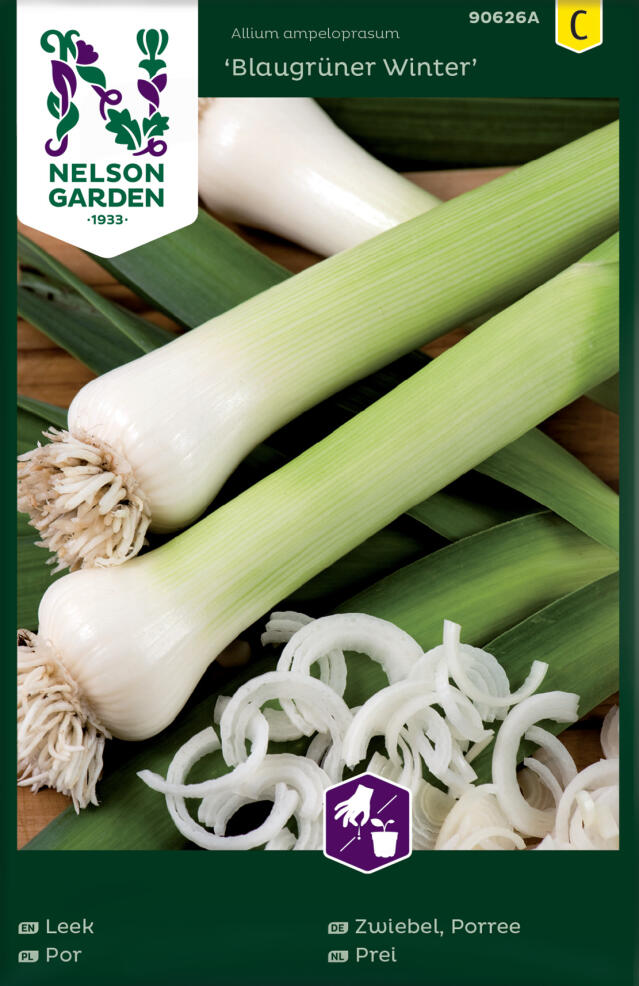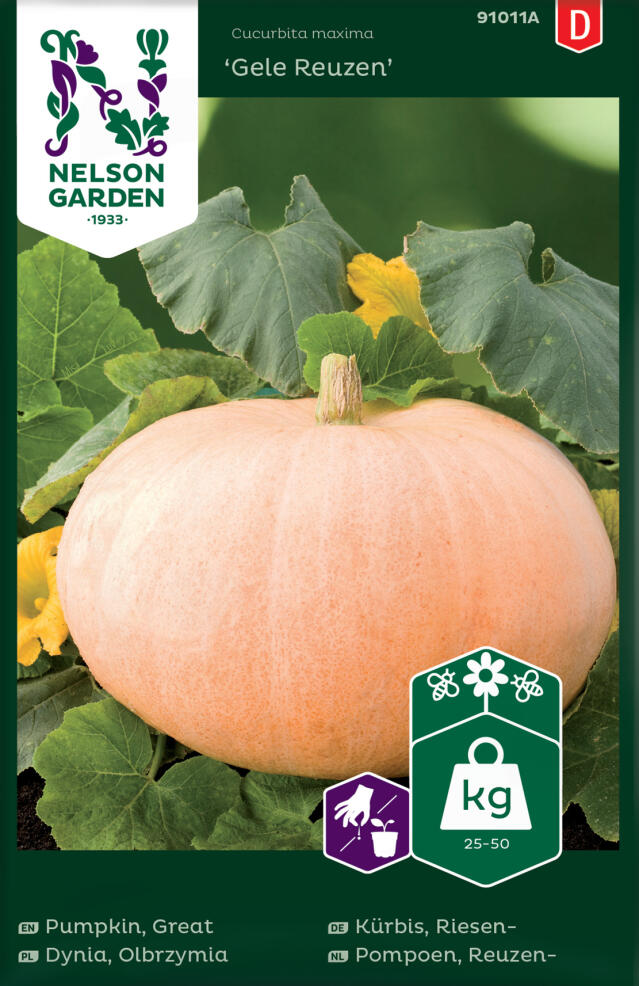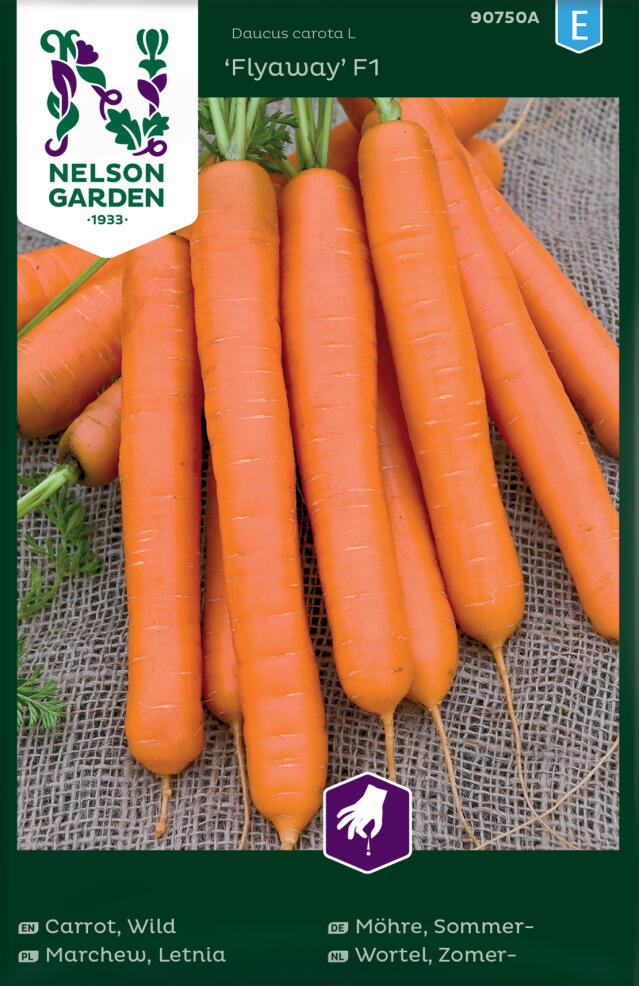How to cultivate lettuce - when, where, and what
24 June 2021Lettuce has several benefits: it is easy to cultivate, grows quickly, and tastes good. No wonder it is a favorite! Here, we have gathered answers to all you’re questions about cultivating lettuce; when, where, and how to cultivate, what to think about when choosing soil and nutrition, and how to harvest. Additionally, we have listed all our favorite varieties of lettuce!
When should I cultivate lettuce?
Lettuce can be sown throughout the year; in spring, late summer, and fall. The seeds can have difficulties germinating if the soil temperature exceeds 20 degrees. Therefore, it is not wise to cultivate lettuce outdoors in the midst of summer. If you are cultivating during summer anyway; try sowing the seeds in small troughs in the shade, or in a cooler place indoors.
Where should I cultivate lettuce?
Lettuce can be grown both in your garden land, in a pot, in hydroponic boxes, or in mini greenhouses, for example. You can pre-cultivate the seeds indoors and then replant the plants outdoors. You can also sow lettuce directly outdoors.
Lettuce thrives in moderately sunny areas. It can be cultivated in shady areas, even though it might not thrive to its fullest potential. Although, you should not place your lettuce where it might get burnt by the sun either. If you have not cultivated lettuce before, finding the perfect cultivation spot to cultivate at might seem tricky. The best suggestion is perhaps to experiment to find the perfect spot!
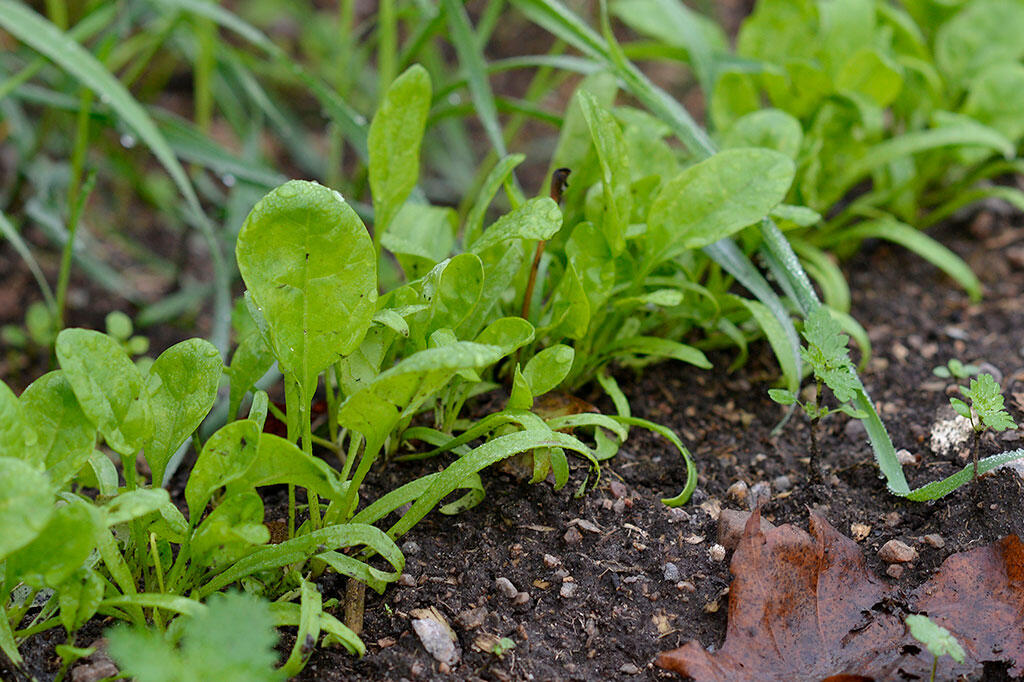
Which soil should I choose when cultivating lettuce?
Lettuce grows in most types of soil. But if you want your plants to really thrive, choose soil that is light, nutritious, and moist. It is important to water your plants regularly to keep the soil moist; do not let your plants get too dry.
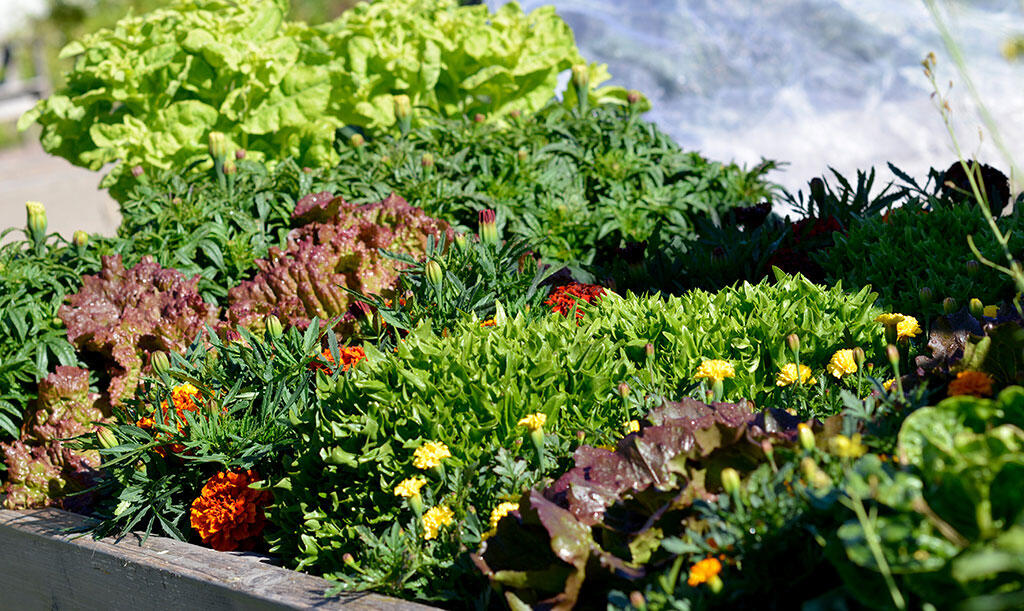
When should I harvest lettuce?
You can usually start harvesting small leaves of lettuce after just a few weeks. If you want to harvest lettuce heads, you need to wait a little longer. You can also harvest in batches. But if you want to have fresh lettuce during the entire growing season, harvesting in cycles is a good idea.
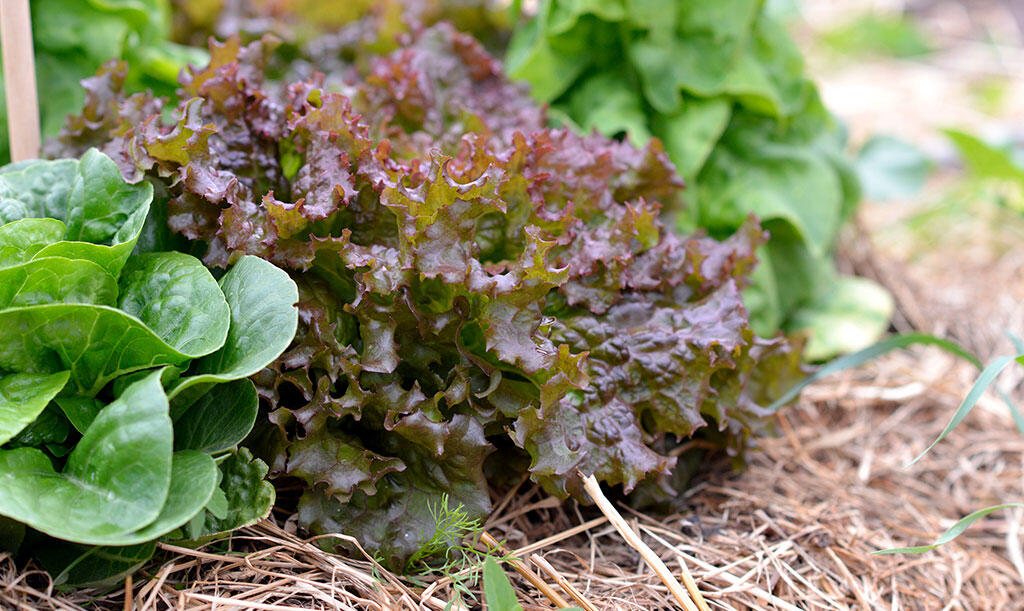
Which nutrition should I add to my lettuce cultivation?
Lettuce does not necessarily require added nutrition. But if you cultivate several rounds in the same place or harvest from the same plants for a long time, it is a good idea to provide the plants with nutrients.
Add liquid plant food or plant food spikes, or make your own homemade plant food by, for example, making your own compost, using a bokashi compost, or making nettle water.
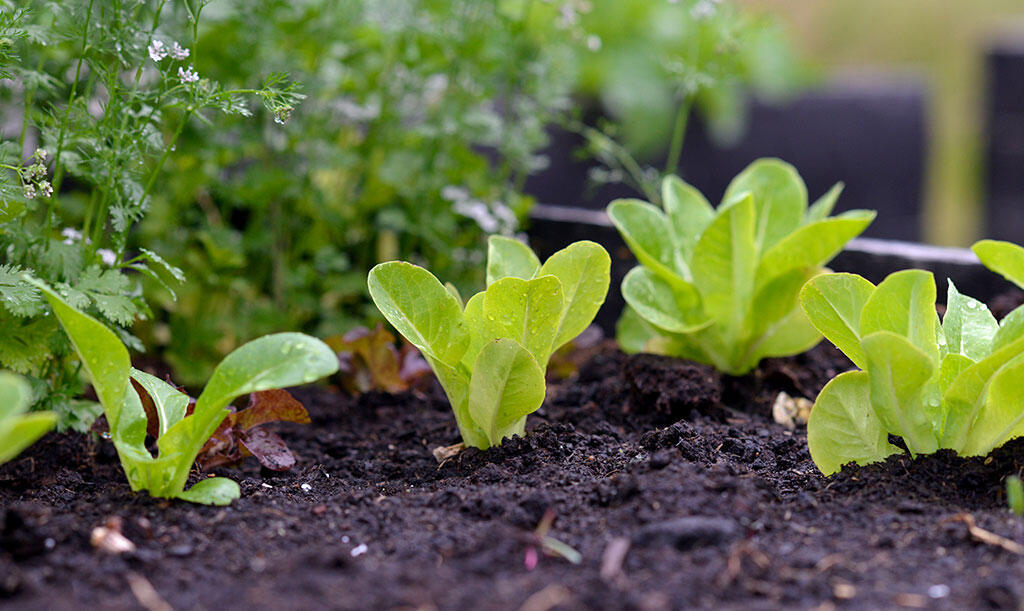
Which variety of lettuce should I choose?
There are several different lettuce varieties to choose from - there is one for everyone! Here is a crash course in some of all the varieties.
Loose leaf lettuce grows leaves that are so loose that they barely attach to a head. Therefore this variety is perfect to harvest one leaf at a time, which makes the harvest period longer.
Batavia lettuce is a hybrid between head and loose leaf lettuce. The leaves are of a thicker and crispier kind, but still loose enough to harvest one by one if you like. ‘Lollo Rossa’ has two-colored leaves and gives a great harvest.
Iceberg lettuce is perhaps the most common variety of head lettuce, and perhaps the most common variety in the stores. Iceberg lettuce has very crispy leaves and gives green, firm, and dense heads.
Baby leaf mix is a lettuce mix of both different varieties and colors! A perfect choice for those who want different textures in a salad for example. It grows fast and gives an abundant harvest that lasts all summer.
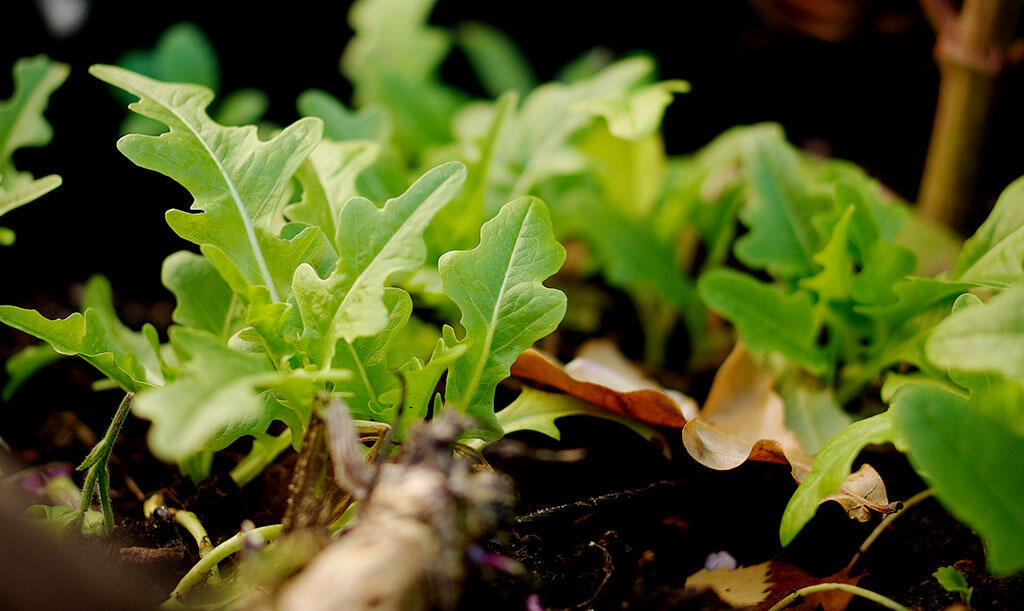
What can I grow instead of lettuce?
Apart from lettuce, there are several similar plants to cultivate, such as:
Arugula, which is also known as ruccola. Leafy greens that grow small and spicy leaves. It is both fast-growing and easy to cultivate!
Spinach has a mild taste and grows round leaves. It is usually called baby spinach when harvested early, while the leaves are still small. The small leaves are fresh and crispy; perfect in a salad, for example. When the leaves grow bigger, they get a thicker texture and are best enjoyed cooked.
Kale comes in several leafy varieties, such as curly kale.
Swiss chard is a colorful chard variety that is both tasty and beautiful. Both the stem, as well as the green leaves can be enjoyed in several delicious meals.
The best way to find your favorite is always to experiment. Go all-in on lettuce, or mix your garden land with the related varieties above!
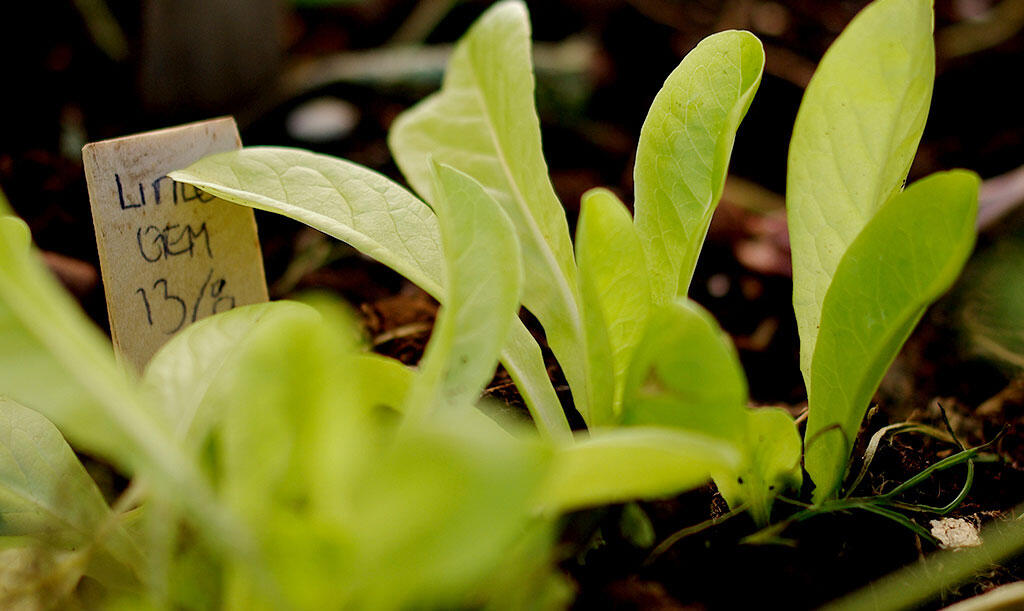
Can lettuce hibernate during winter?
Some lettuce varieties are more cold-resistant than others and can therefore survive the winter. The condition of the soil is important when hibernating plants. Soil that is too wet causes the plants to rot, and soil that is too cold causes them to freeze. You can protect your plants during winter by, for example, covering the cultivation with a layer of straw or a planting cloth of some sort.
If using hibernation as a cultivation method, you will get a head start in spring, as the plants will grow earlier than if you would have planted them in spring.
